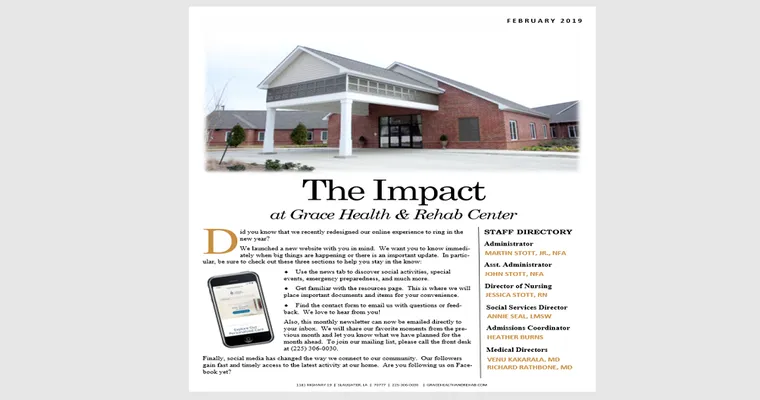In recent years, the medical community has begun to recognize the challenges faced by patients with "undiagnosed LO" (Learning Opportunities). Many individuals experience a range of symptoms that often go unrecognized or misdiagnosed, leading to prolonged suffering and frustration. The implementation of targeted strategies in the "Emergency Room (ER)" could significantly improve outcomes for these patients, providing them with the support they desperately need.
Patients presenting with undiagnosed LO often exhibit a complex array of symptoms that do not fit neatly into existing diagnostic categories. This can lead to "misdiagnosis", where patients are treated for conditions they do not have, further complicating their health issues. By establishing a framework within ER protocols that prioritizes the identification and management of undiagnosed LO, healthcare providers can offer more effective care.
One effective approach could be the development of specific screening tools designed to identify symptoms and patterns associated with "undiagnosed LO". These tools would help ER staff quickly recognize when a patient might be struggling with learning opportunities that have not yet been addressed. Early identification can facilitate timely referrals to specialists who can provide the appropriate evaluations and interventions.
Training for ER personnel is also critical. Educating medical staff about the signs and symptoms of "undiagnosed LO" will enable them to approach cases with greater awareness and sensitivity. This training should include information on communication strategies that can help patients articulate their experiences, which is often a barrier to receiving the proper diagnosis and treatment.
Moreover, integrating a multidisciplinary approach could enhance patient care. Collaboration between emergency physicians, psychiatrists, neurologists, and other specialists allows for a more holistic view of the patient’s condition. This team-based strategy not only facilitates comprehensive assessments but also ensures that all aspects of a patient’s health are considered.
Implementing these strategies in the ER could lead to improved patient satisfaction and better overall health outcomes. Patients who feel heard and understood are more likely to engage in their treatment plans and follow through with necessary referrals. This can reduce the burden on the healthcare system by decreasing the number of repeat ER visits due to unresolved issues related to "undiagnosed LO".
In conclusion, addressing the challenges associated with undiagnosed LO in the ER is a crucial step toward enhancing patient care. By developing targeted screening tools, providing comprehensive training for ER staff, and fostering a multidisciplinary approach, healthcare providers can make significant strides in supporting those who struggle with their learning opportunities. The hope is that these changes will soon be implemented, leading to a more responsive and effective healthcare system for all patients.





